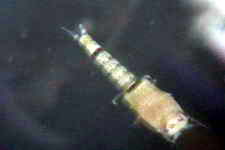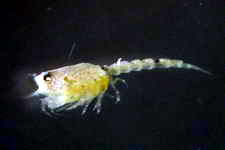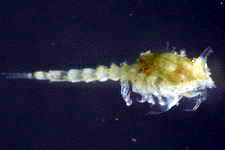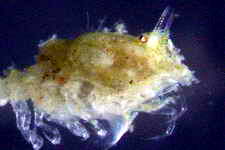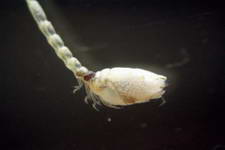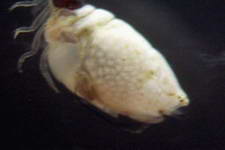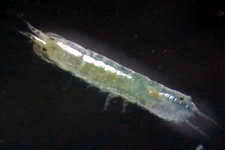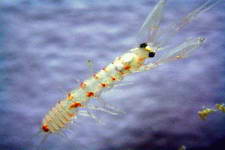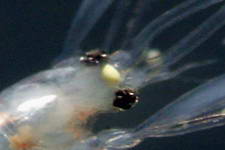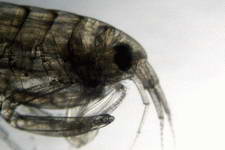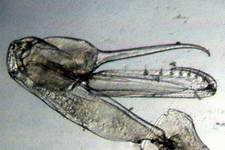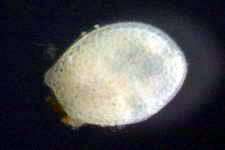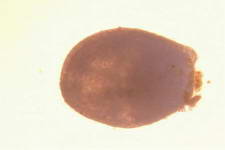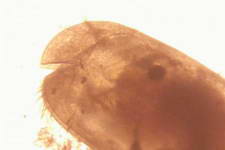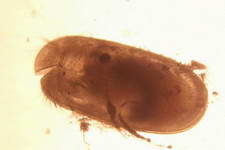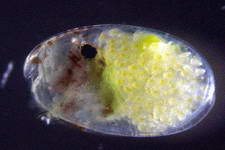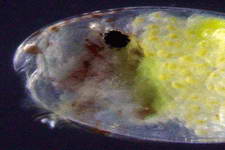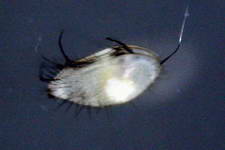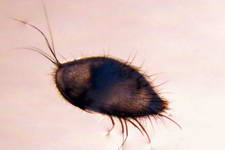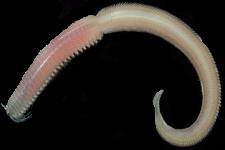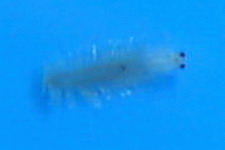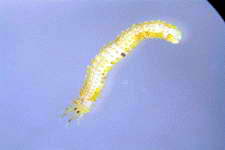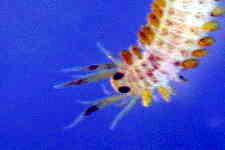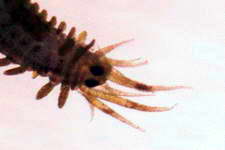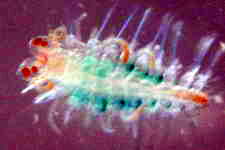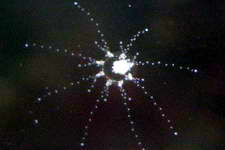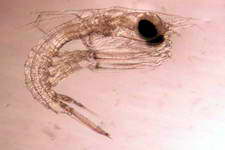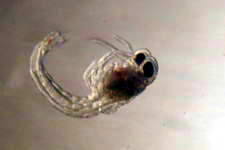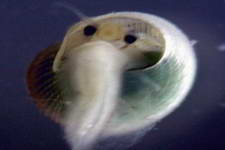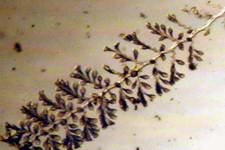The
COPEPODS
( Kope = Greek for
"oar" Podos = Greek for "foot" )
Additional Links
-
World
of Copepoda Introduction to Copepods
A Harpacticoid Identification Key
Harpacticoid
family - Harmless detrivores. (some are carrying eggs as
well)

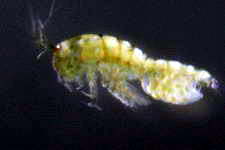

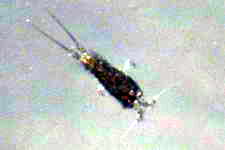
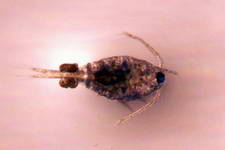
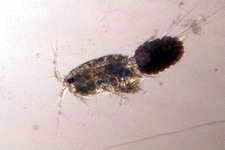

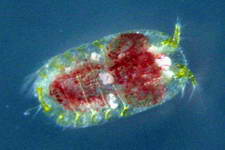



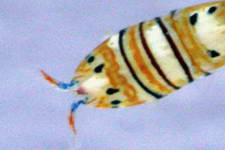


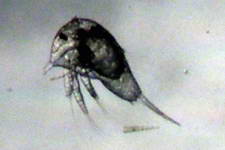

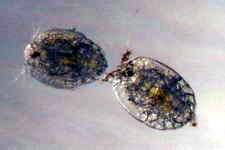
 Cyclopoida
Family
Cyclopoida
Family - Harmless phytoplankton grazers and are what I
believe to be the best food source when trying to rear shrimp larvae as
this group does not crawl the glass or sand and remains in mid-water
which makes them available to free swimming, plankton larvae as a food
source. I find these copepods in huge swarms during the day out on the
reef's kelp beds, making collection of them very easy. I believe this
family of copepods is available for purchase.
(with eggs)
(without eggs)
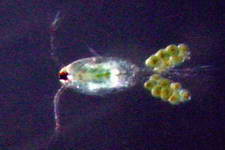
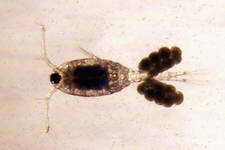
 Calanoid
Family
Calanoid
Family -
Compared to other copepod species, these can appear quite large and are
a very important food source for many fish. The small copepod shown
below in the first photo is an adult Cyclopoida species as a size
reference.
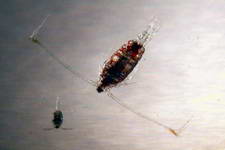
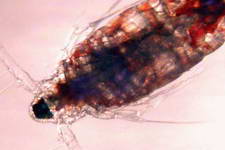
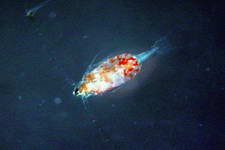
The
AMPHIPODS ( Amphi
= Greek for "both sides" Podos = Greek
for "foot"
Additional Links
-
Amphipod Identification Key
Amphipod biology
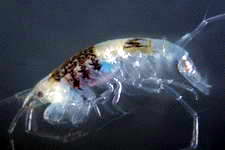
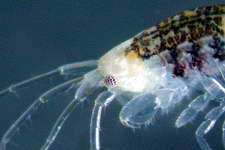

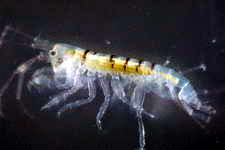
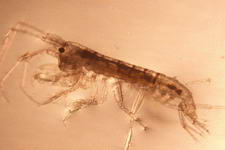

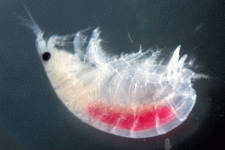
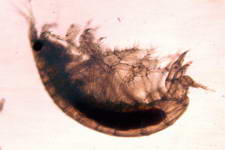
 Caprellid Amphipod
Caprellid Amphipod (
Skeleton Shrimp )


 Below
: Head structures
Below:
Legs
Below
: Head structures
Below:
Legs

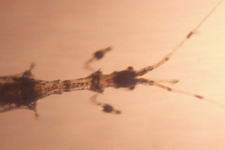
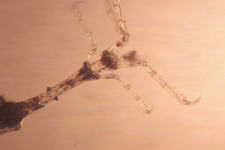 Phliantidae
Phliantidae (An amphipod) -
Can be difficult to identify as they resemble Isopods.
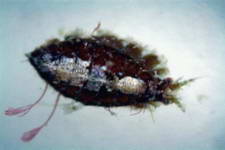
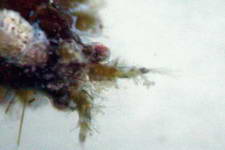

The
ISOPODS
- ( Iso = Greek for "uniform or the
same" Podos = Greek for "foot" )
Some species of this
family group are parasitic / predatory. Any large specimens should be
investigated.
Additional Links -
Parasitic
Isopods
The
Cirolanid family
of Isopods, Some Cirolanid species are obligate parasites, other
species are strictly scavengers, and some are a combination of both.
The vast majority of Cirolanids seen in the aquarium hobby seem to be
obligate parasites of fish.

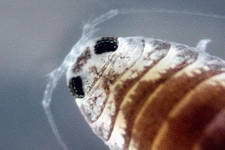
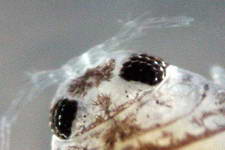
The
Sphaeromatidae family
of Isopods, considered harmless in the reef aquaria.
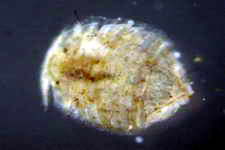
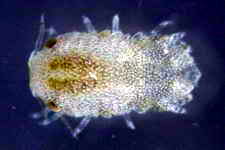

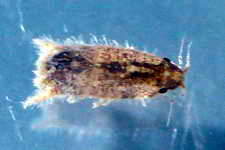
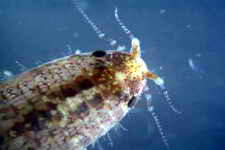
 Munnid Isopods
Munnid Isopods -
Harmless herbivores.


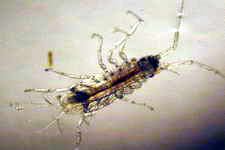

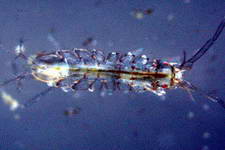
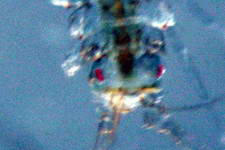
An
Anthurid Isopod
- Carrying its young. Most likely a predator of other small
animals.


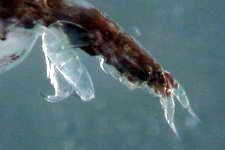
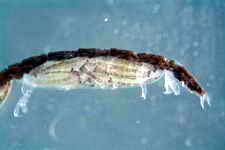
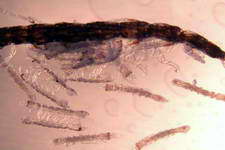
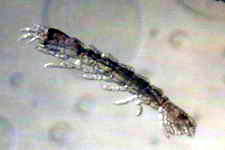
The
CUMACEANS
- These are animals related to mysids, tanaids, ispods, etc.,
that are specialized to live in sediments and most appear to eat
detritus.
